Qantas Airline: Analyzing Internal Management and Structure Report
VerifiedAdded on 2022/11/17
|11
|278
|97
Report
AI Summary
This report analyzes the internal management and organizational structure of Qantas Airline. It begins by highlighting the importance of internal factors in determining market potential and emphasizes the relevance of organizational structure. The report then provides an overview of Qantas, including its status as a leading airline and its organizational structure, which utilizes both centralized and decentralized approaches with a matrix structure. The report details the advantages and disadvantages of this structure, including the ability to meet diverse objectives and the challenges of managing different leadership roles and communication processes. Finally, it recommends a flat and horizontal structure with more autonomy for line managers and suggests a phased implementation starting with domestic operations. The conclusion summarizes the key findings and reiterates the recommendations for improved organizational effectiveness.
1 out of 11
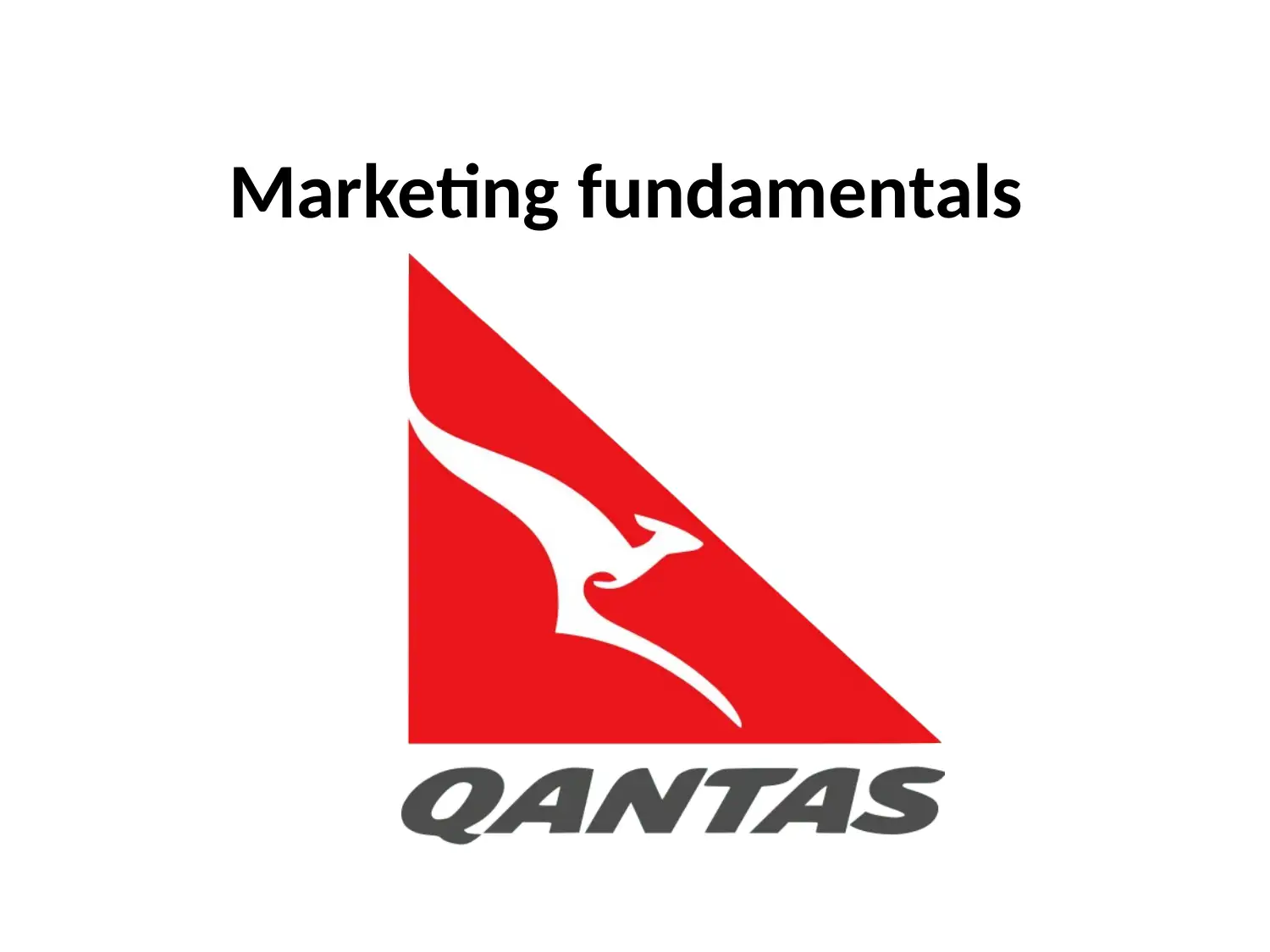
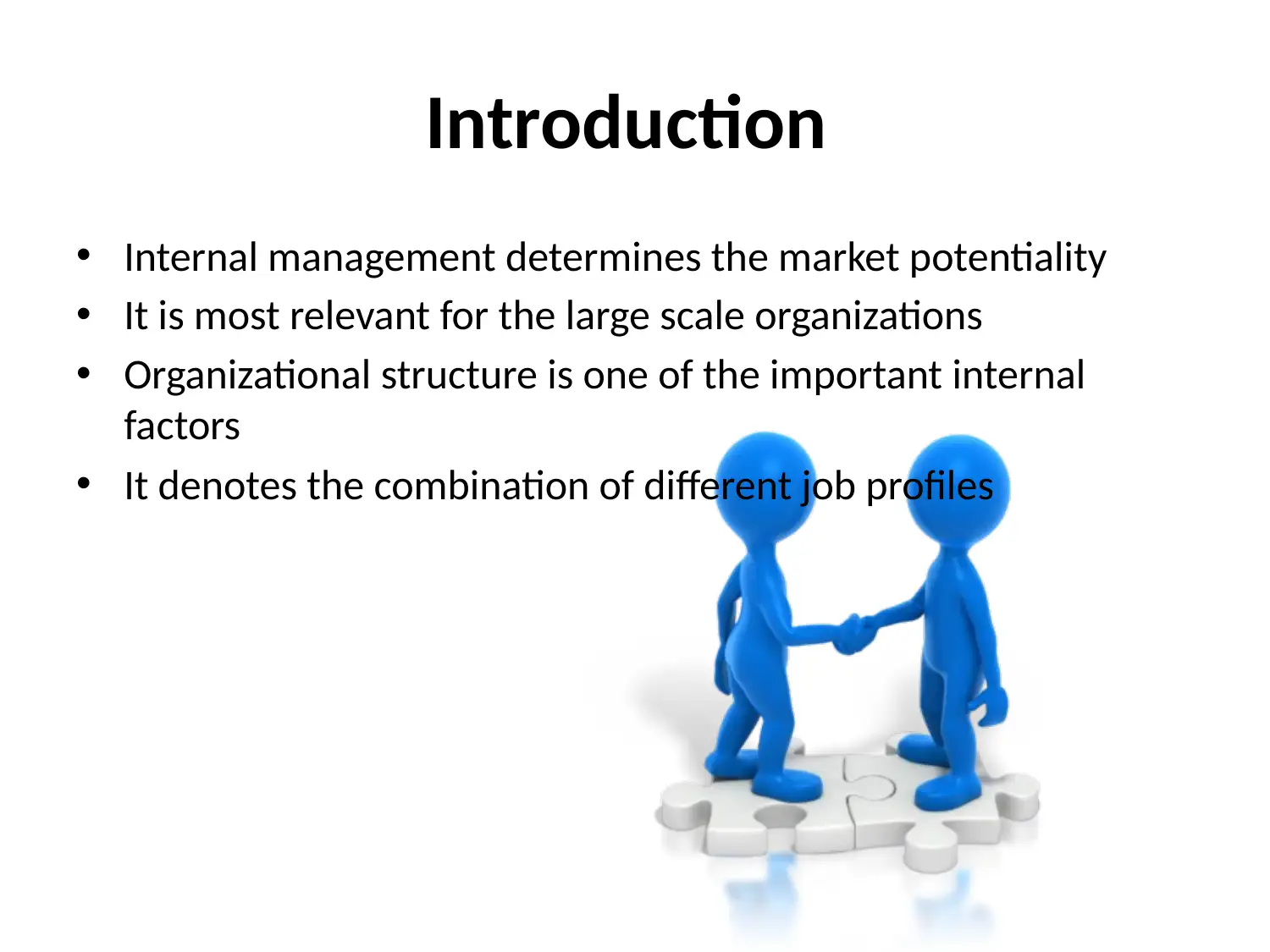
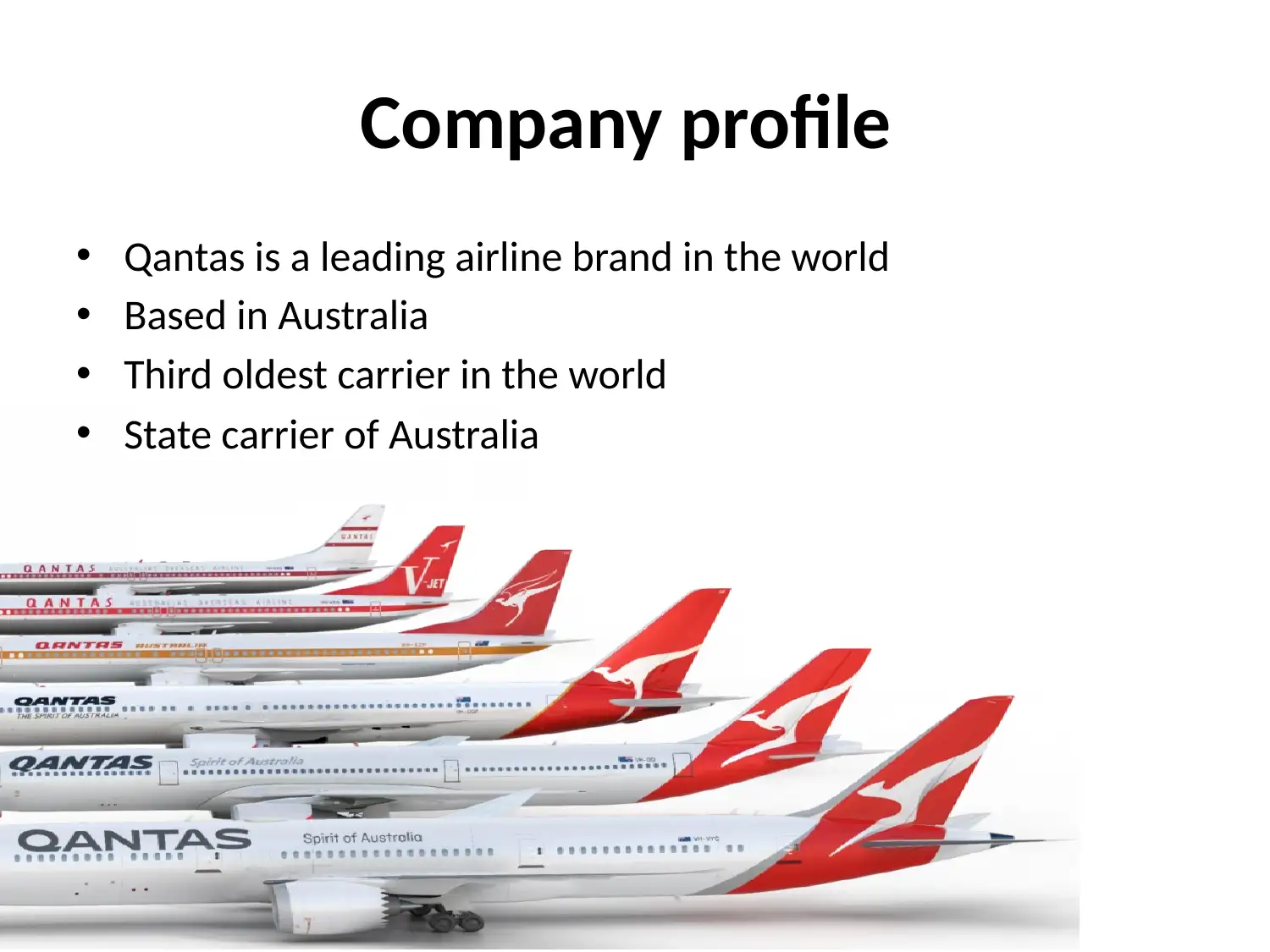

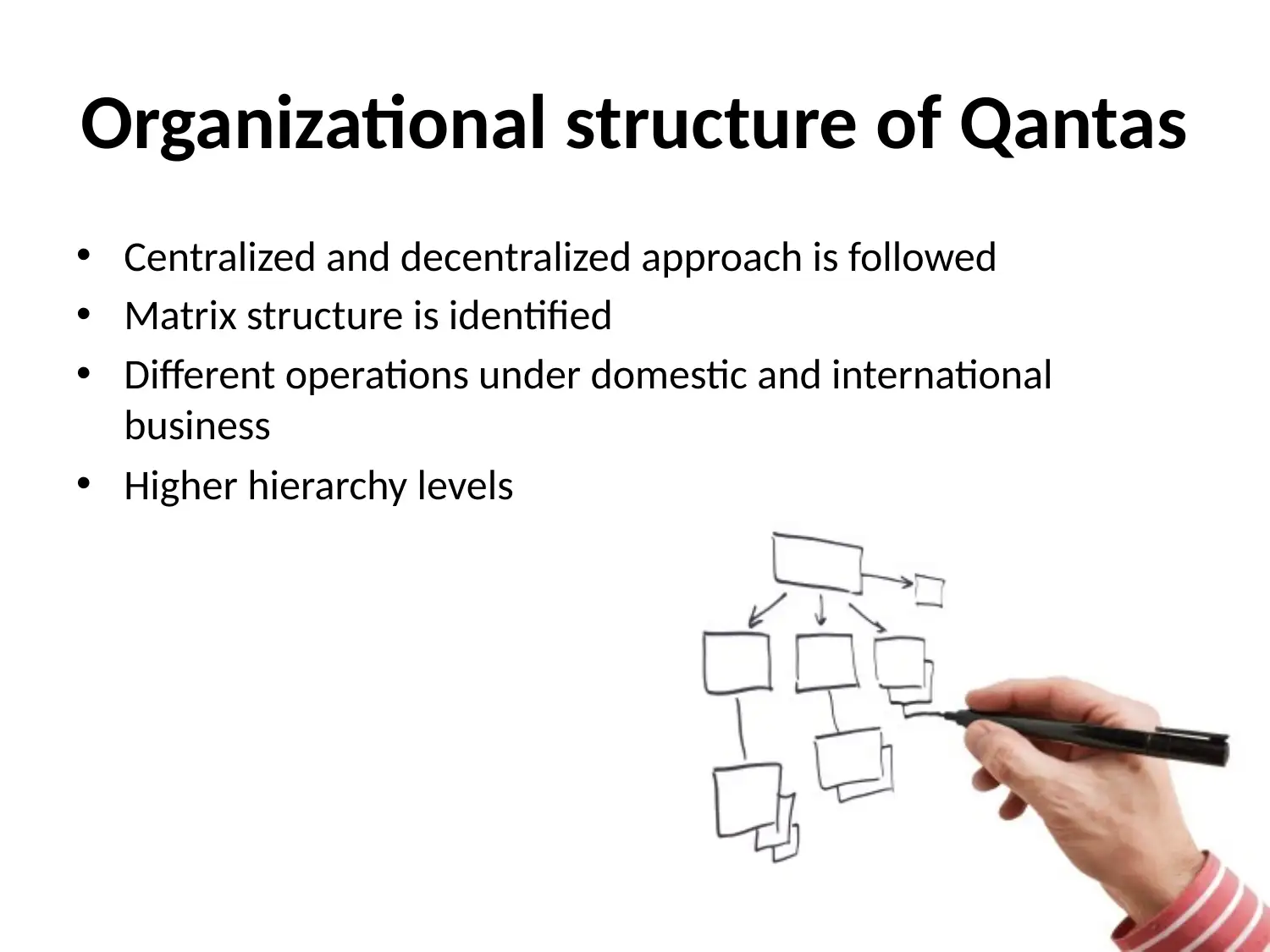
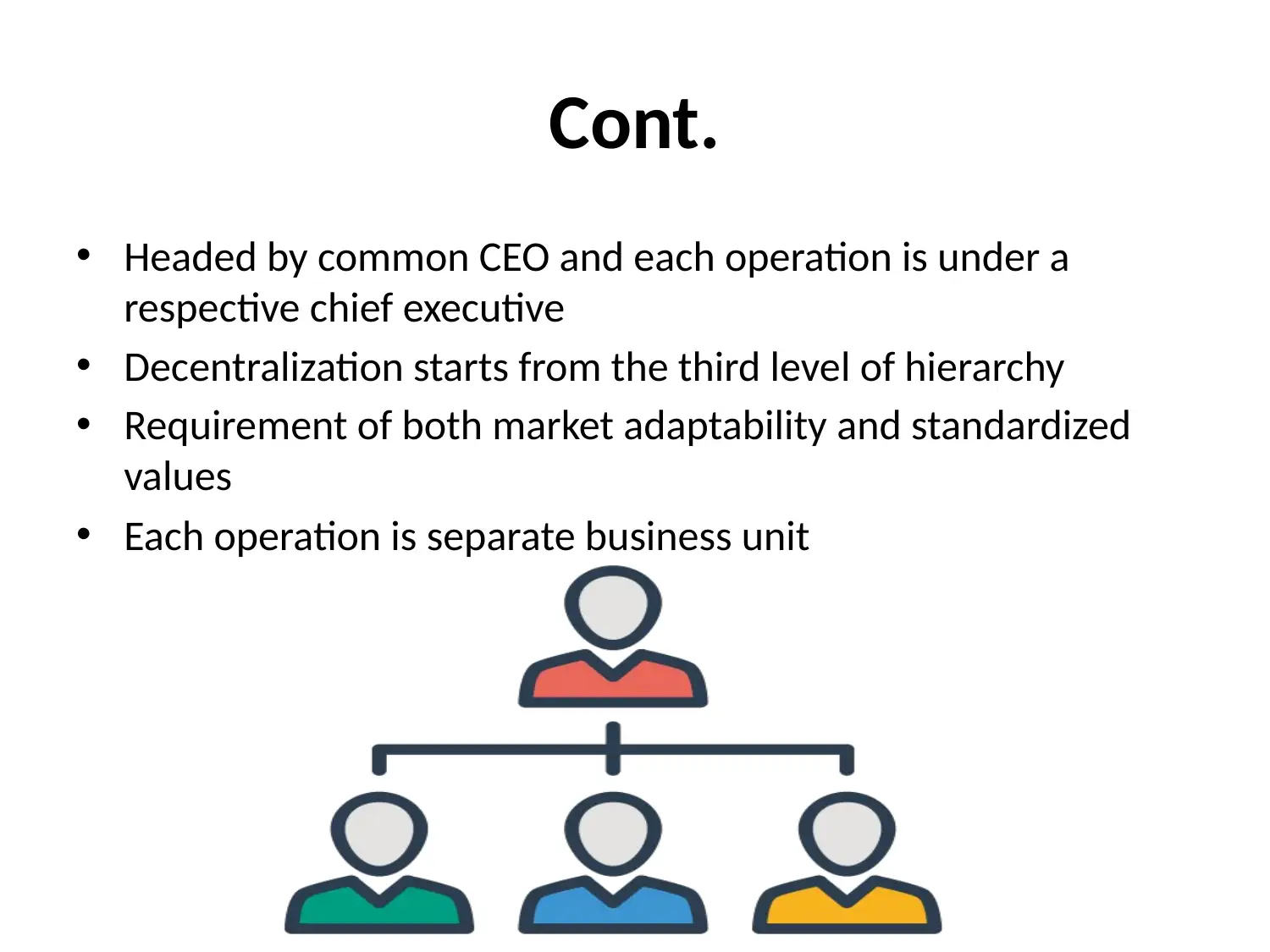
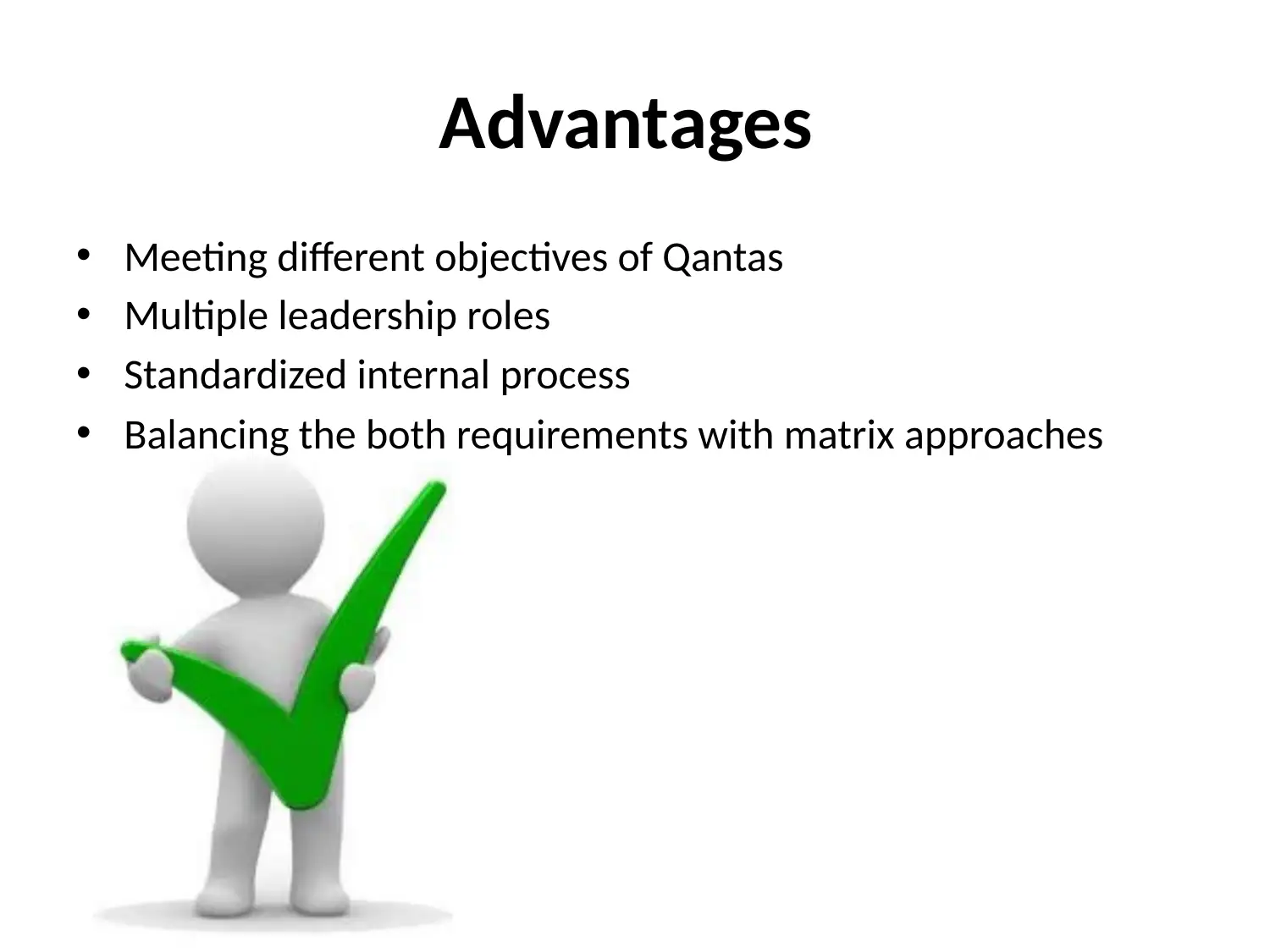
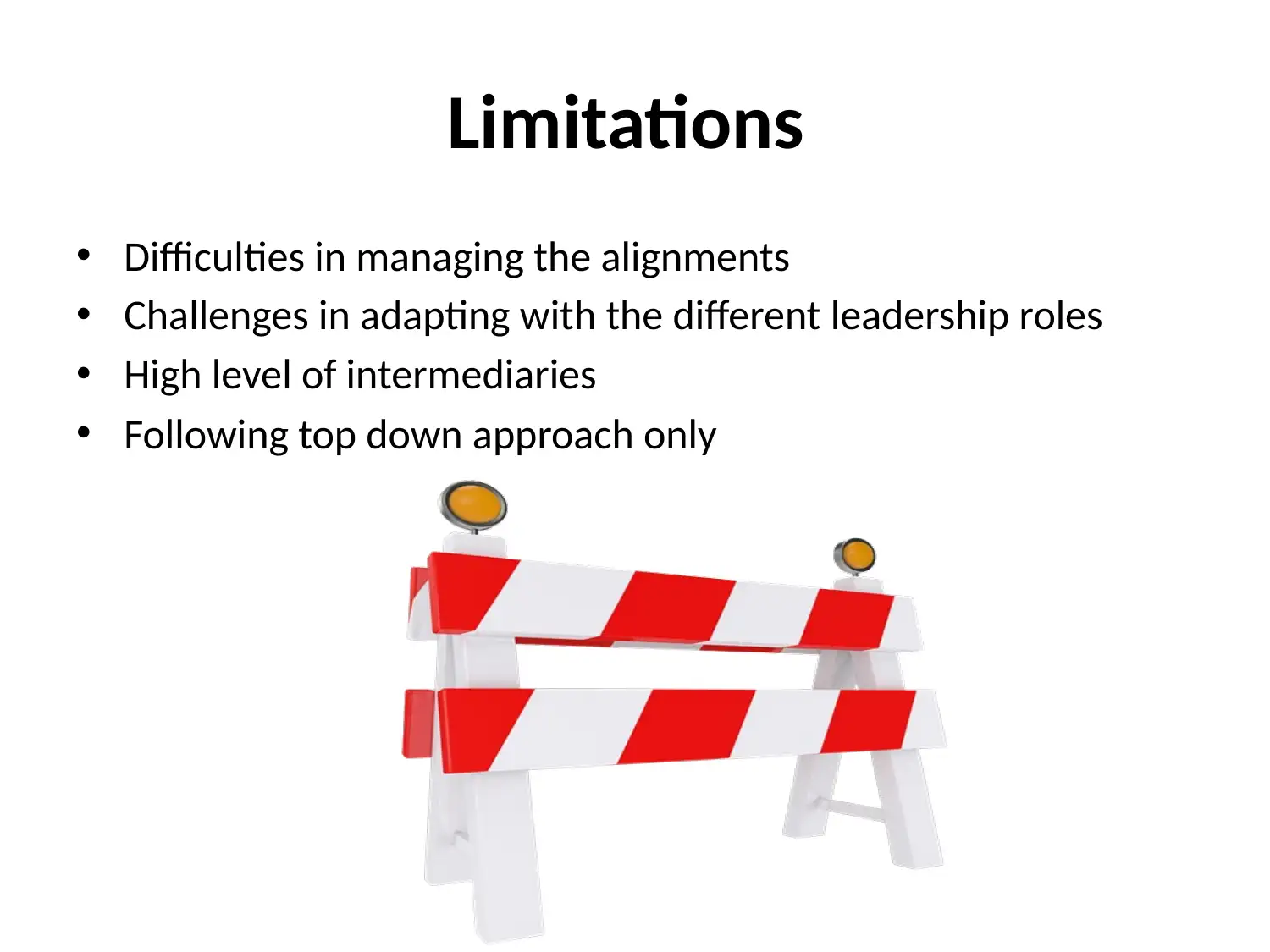
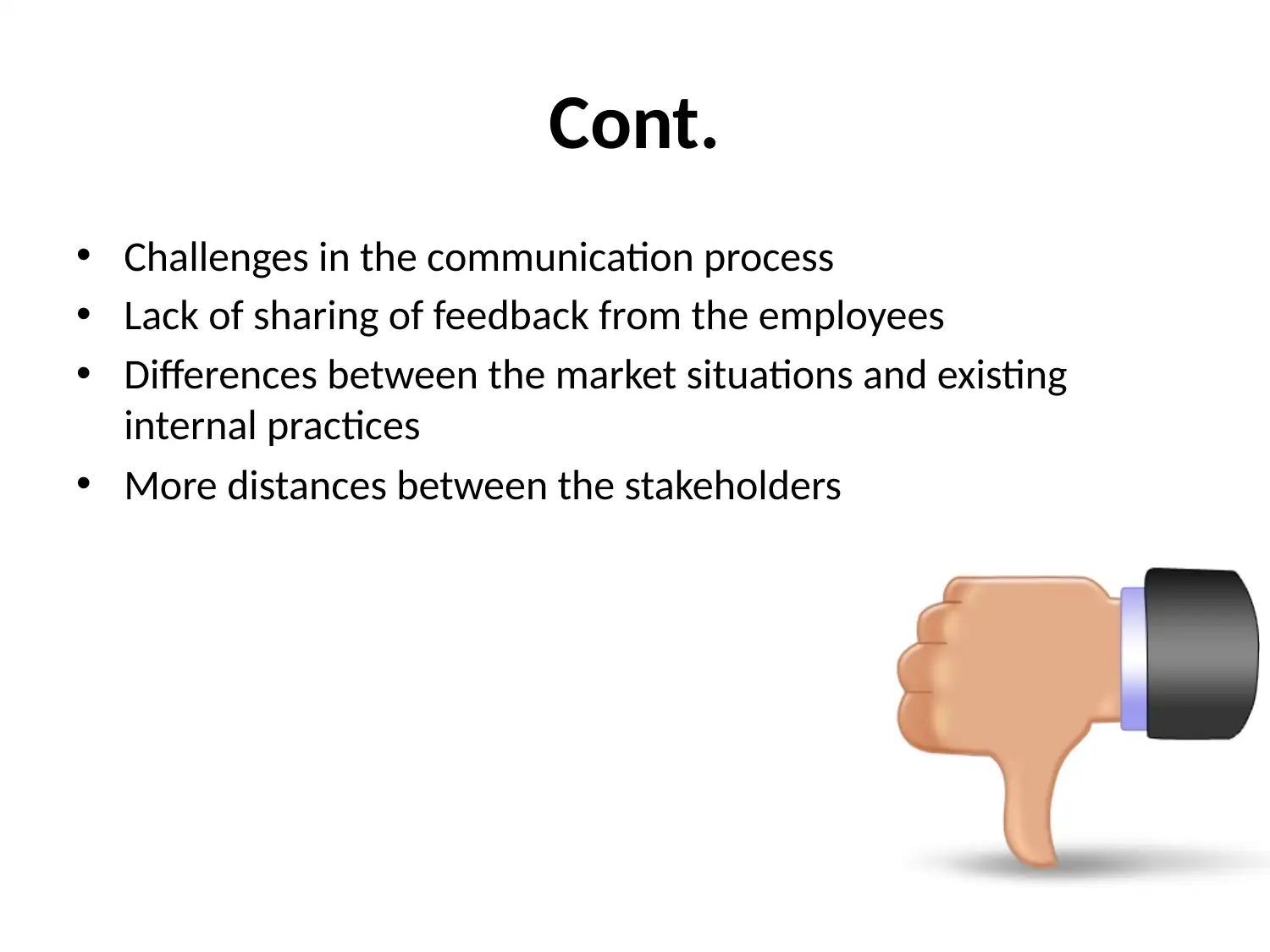
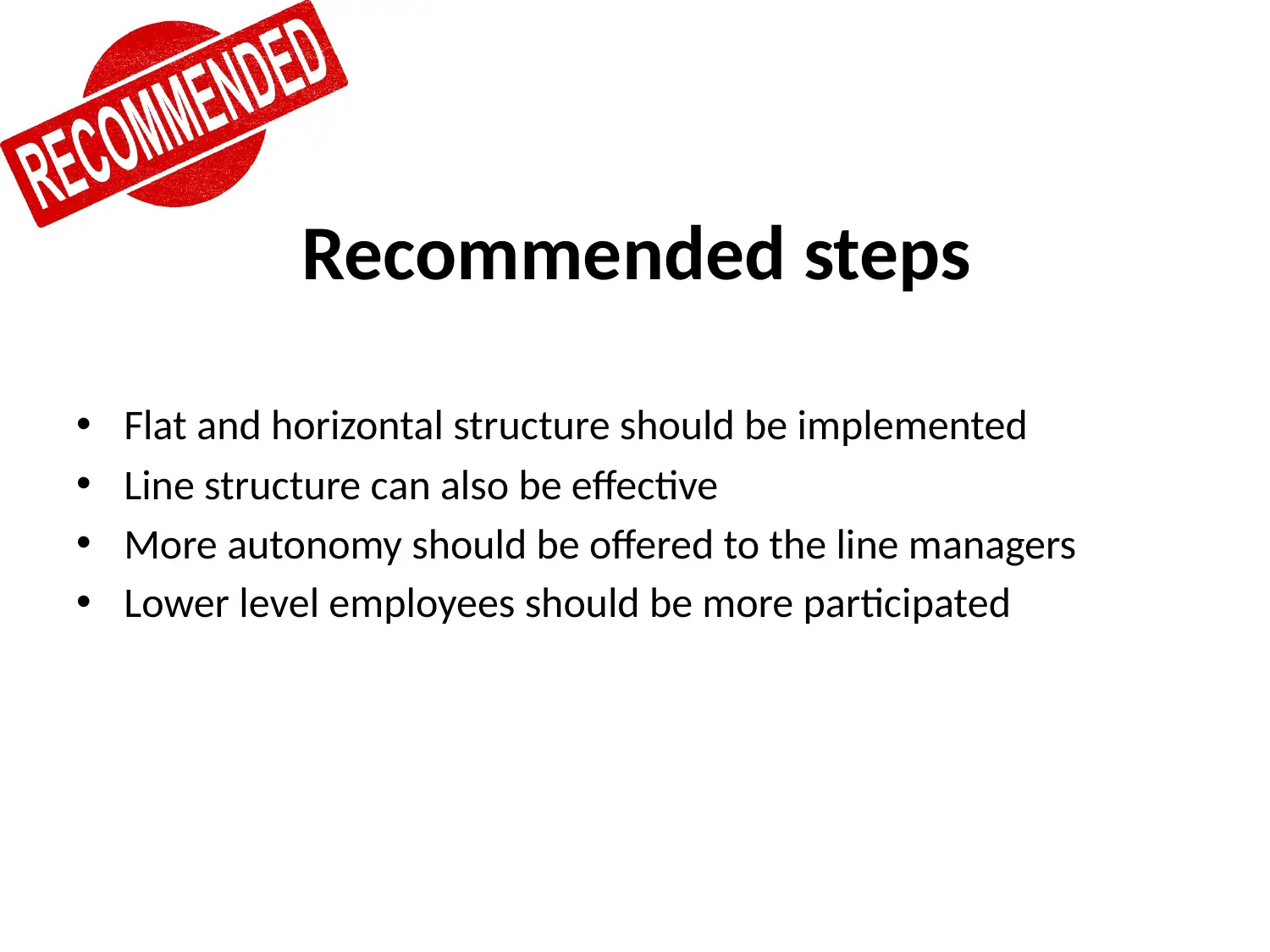
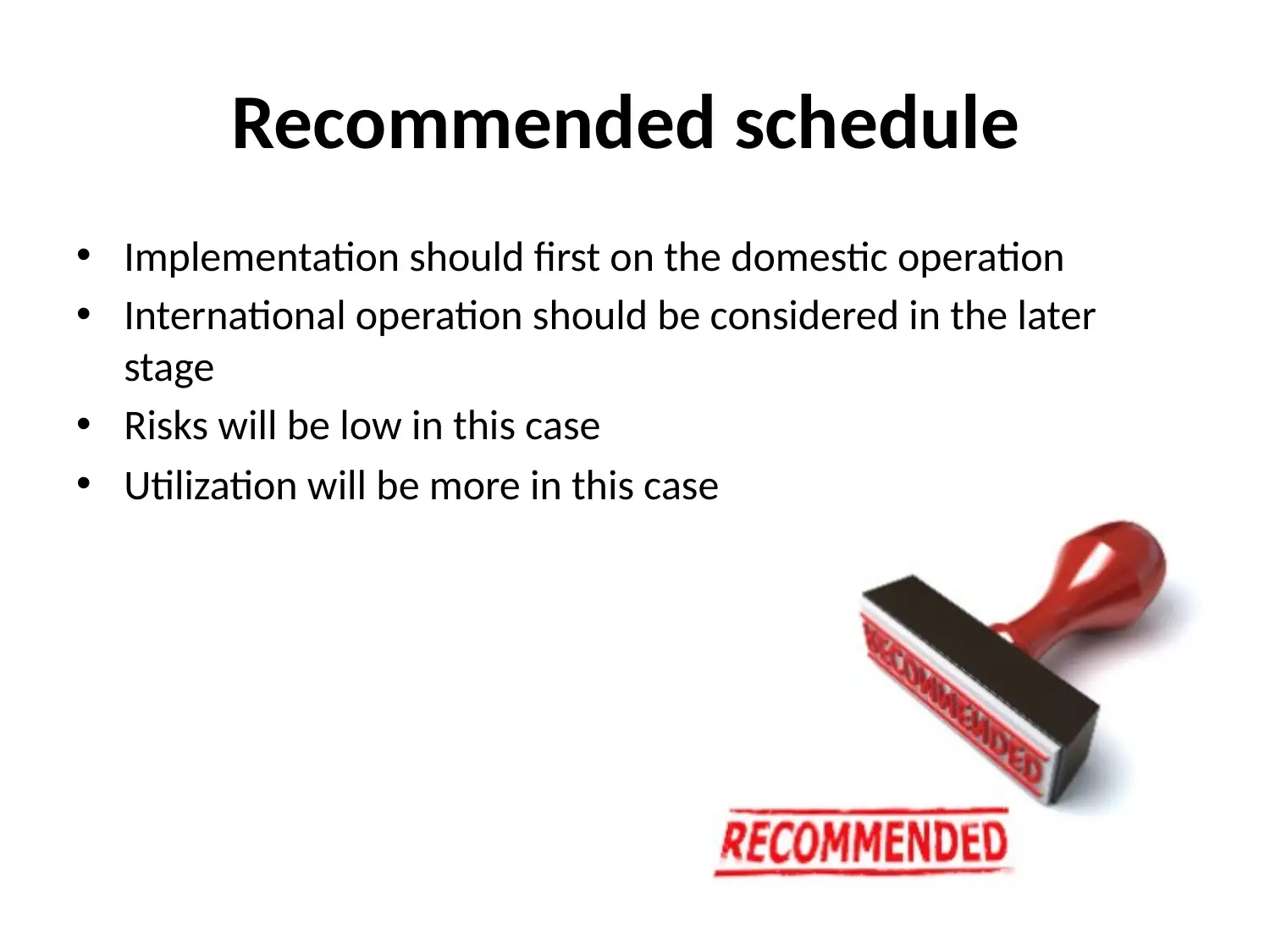
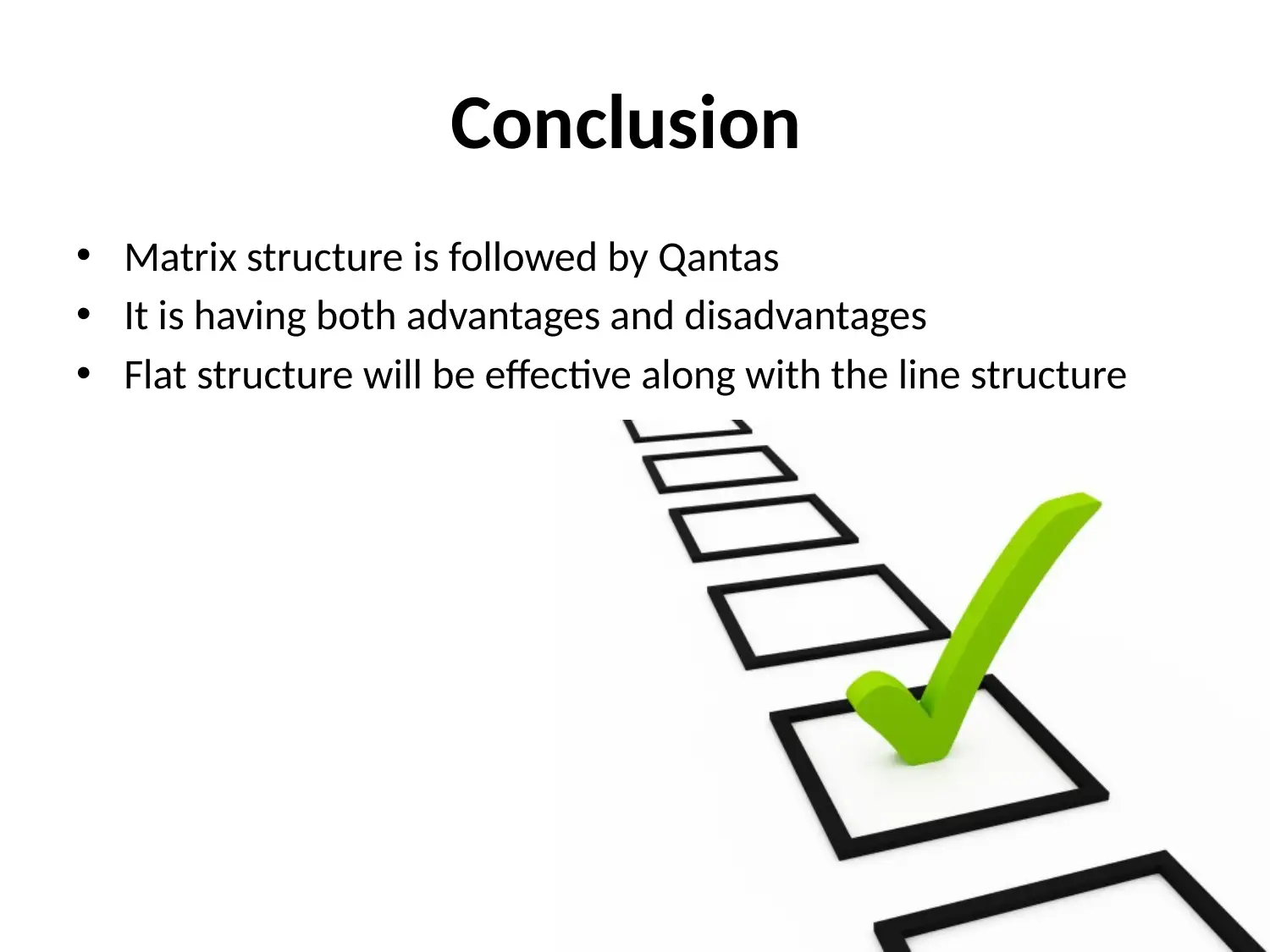






![[object Object]](/_next/static/media/star-bottom.7253800d.svg)